Wondering how rusty nails can help your plants?
Some gardeners swear it’s an old wives’ tale, but others swear by it. Whichever camp you might fall in, it’s helpful to understand the theory behind this unique gardening tip.
Here’s what you need to know.
Jump to:
How Rusty Nails Can Help Your Plants: The Science
It’s not just nails that help your plants, but rusty nails. That’s because they contain iron oxide, that telltale reddish coating that nails get as they rust.
This is created when oxygen and iron react in the presence of water, be it through direct contact or through the air.
Sometimes referred to as ferric oxide, this rust is high in iron - and as you likely know, plants need iron!
Although plants don’t need iron quite as much as they need other nutrients, like phosphorus, nitrogen, and potassium, it’s still an essential micronutrient.
It helps plants grow strong, green leaves and to withstand changes in the environment and climate.
Too little iron in plants can result in leaves that are weak and yellow as well as plants that fail to grow as they should. It can also cause plants to entirely lose their leaves.
Iron deficiencies are not common in plants but often, if your soil is overly alkaline or has too much lime, it can lead to an iron deficiency. Sure, you can use an iron fertilizer to rectify this - but these can be expensive.
Instead, rusty nails can provide the iron to help your plants thrive. The iron will reboot your plants’ ability to synthesize chlorophyll and improve these structures and functions of their chloroplasts.
The rust also increases the acidity of the soil, something that can be helpful if you are growing acid-loving plants such as:
Gardenias
Azalea
Ixoras
Rhododendrons
Roses
How to Use Rusty Nails to Help Your Plants
1. Be Careful!
If you plan on using rusty nails in your garden, you’ve got to be very mindful of the risk that this poses.
Not only could a misplaced nail easily puncture the tire of a tractor or piece of garden equipment, but it could also cause serious injury should someone step on it.
Therefore, it’s best to only use rusty nails in confined settings like in a container or by making a specialized solution. This removes the potential for injury or damage.
2. Make Rusty Nail Water
An easy and safe way to boost the health of your plants with rusty nails is to make a rusty nail “tea.” If you’ve ever made compost tea, this method is quite similar. You’ll just submerge the nails in water for five or six days.
The water will turn brown from the rust. You can then use it to water your plants as you normally would.
3. Put Rusty Nails in a Container
If you’re growing plants in a container, another easy tip you can follow is to just put nine or ten nails in a perimeter around the outside of the container, with the rustiest portion of the nail inserted into the soil.
Although this will occur slowly, as you water or the rain falls, it will push the iron from the rusty nail into the soil, helping to fertilize it and support the plants growing in the container as it does so.
Rusty Nails Gardening - Is It a Myth?
Search online and you’ll find all the supposed benefits of rusty nails for gardening touted there.
It can make blue spruces bluer, it can help fruit trees produce more, and so on and so forth.
While some gardeners will tell you flat out that this is not true (claiming that the iron produced by the rusty nails is insoluble), there are others who swear by this tip - so there has to be some validity to it, right?
Either way, as long as you take steps to make sure that the nails aren’t located anywhere they can harm you, they won’t harm your plants in the slightest.
So don’t be afraid to give these tips a try!
We're all about hacks here, so you can find some great gardening hacks for your harvest here, and some super-easy plant hacks here.
And if you’re not convinced that these tips for rusty nails can help your plants, feel free to adjust your pH by adding peat moss, iron sulfate, or iron chelate, all of which will directly help your plants as well. Happy gardening!

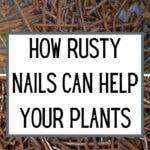
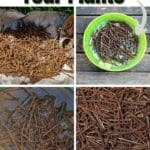
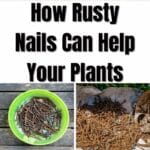
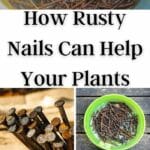
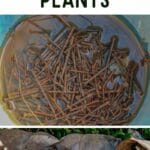
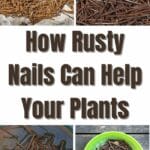
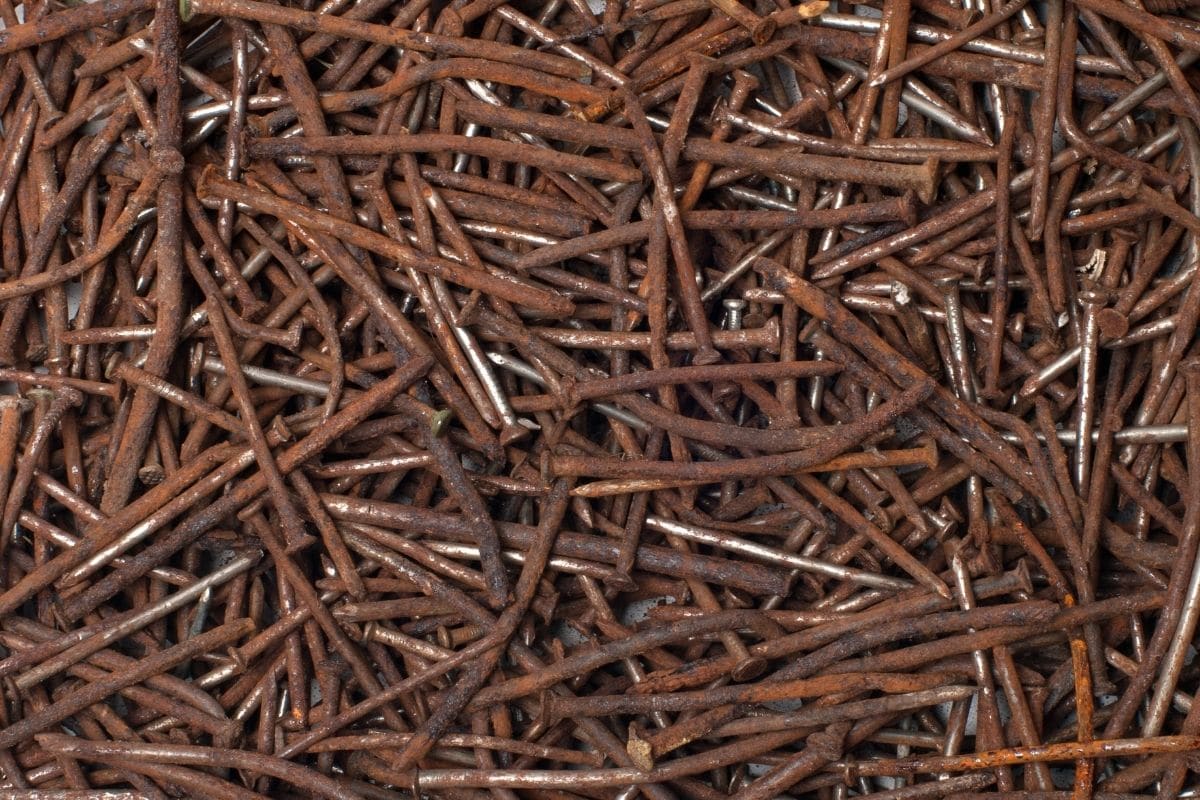
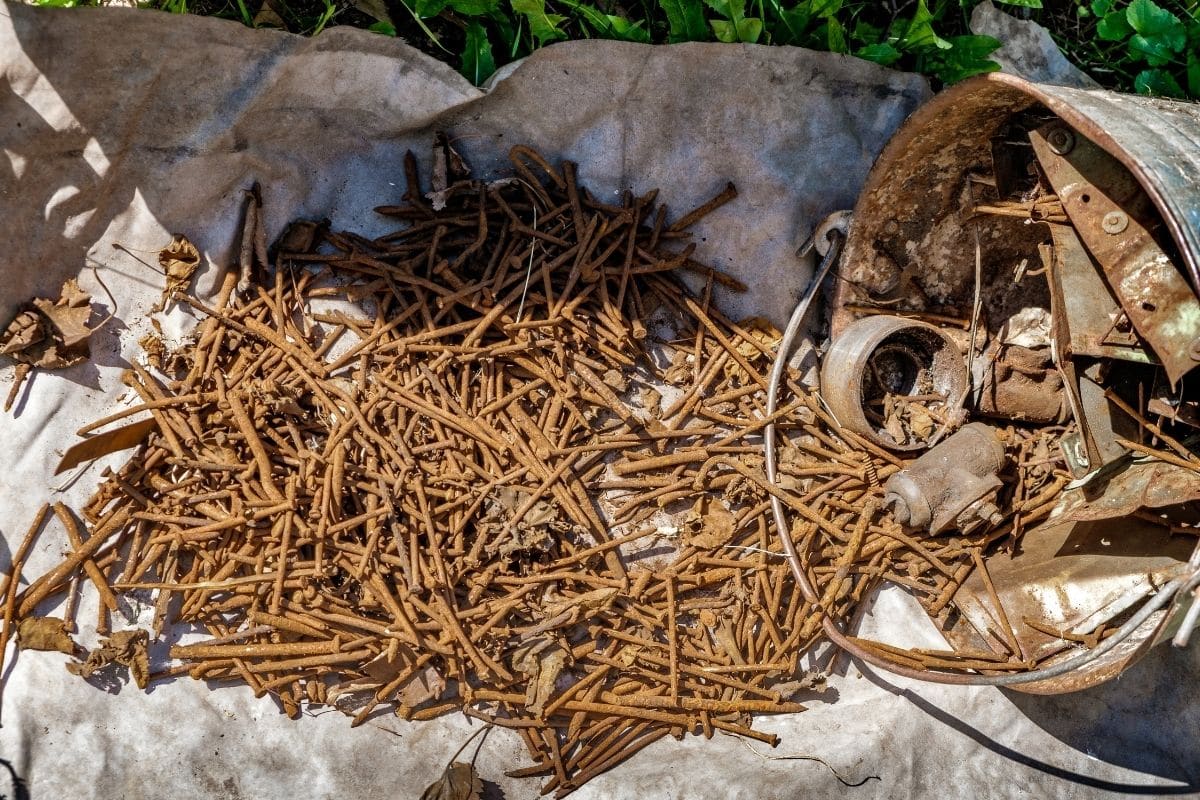
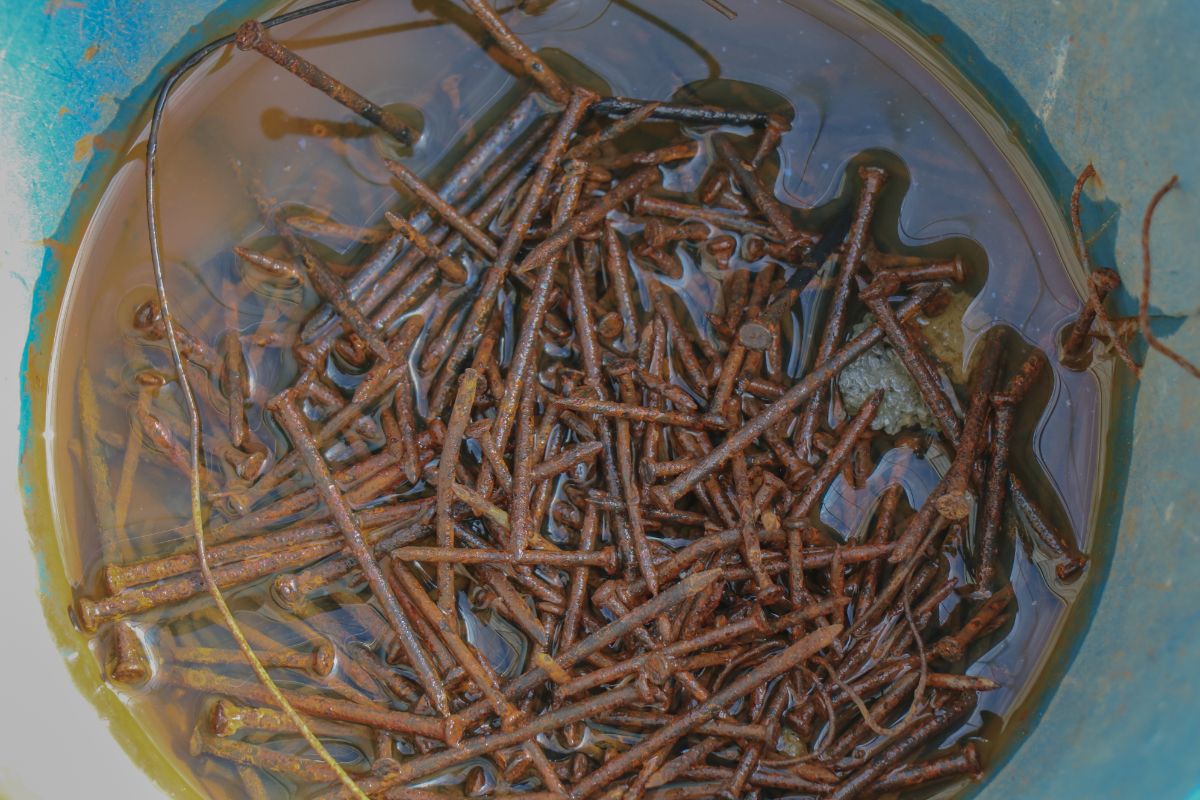
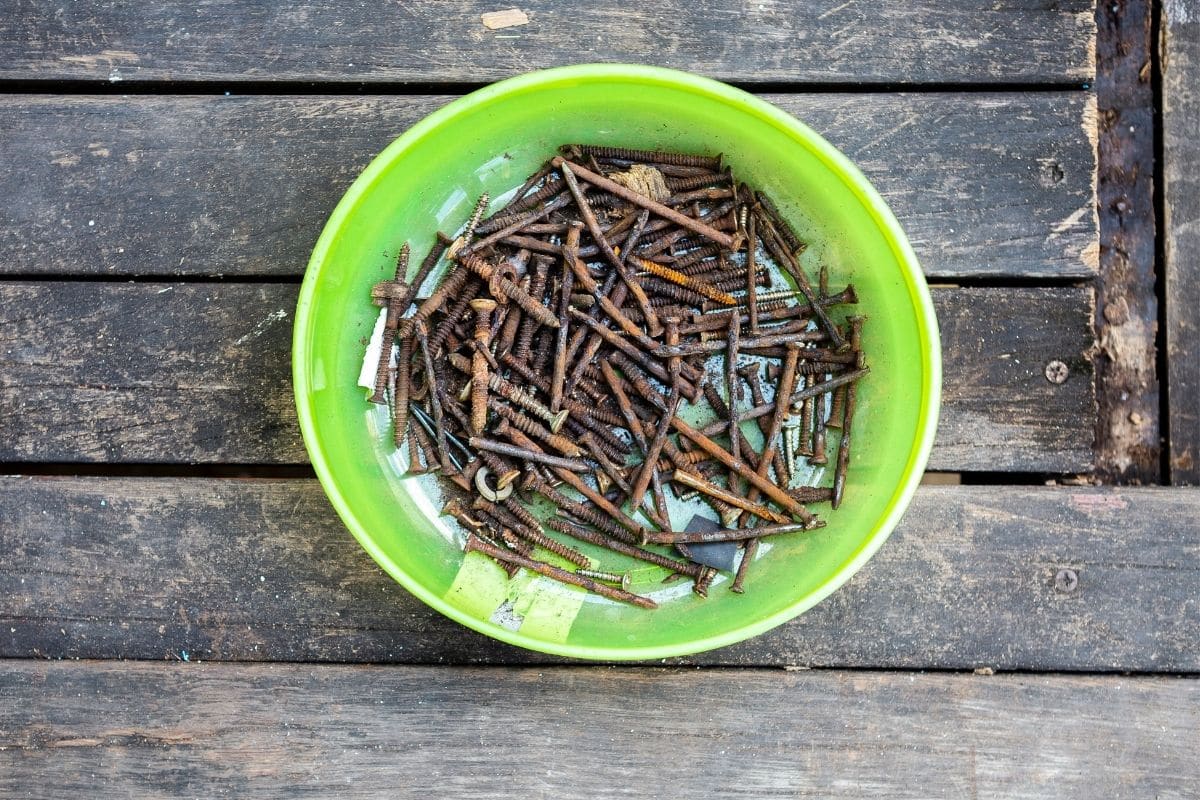




Hilda
This will be very useful to me.
Elizabeth
I always dig a hole in my garden about new dip put layer of old rusted tins layer of bones then grass cutting then some soil repeat the process then fill with top soil finally plant my vegetables I enjoy organic veggies
Anonymous
I know and I have tried with my container plants. It is helpful.
Betty Cleary
A friend advised me to do this with a Xmas cactus that would't bloom.So I added rusty nails and moved it to more light.It sure blooms now.Maybe a combination ?